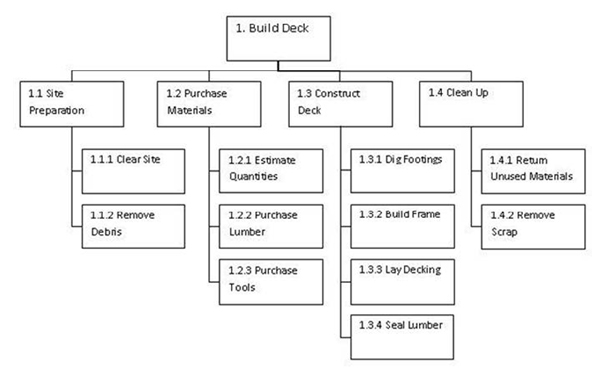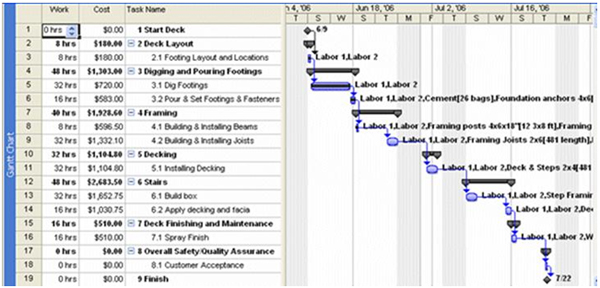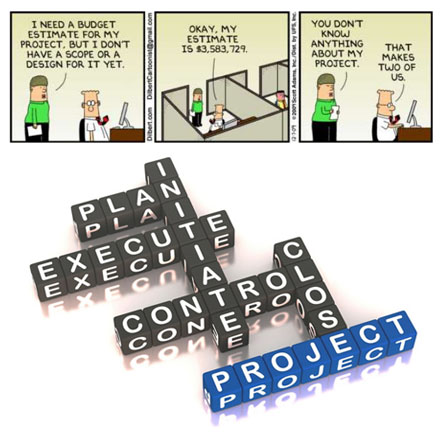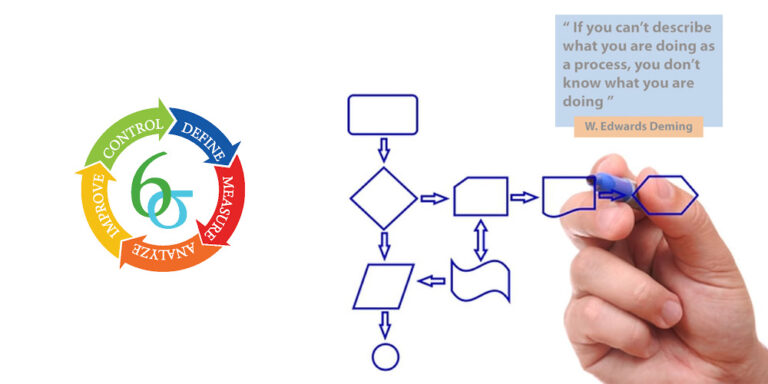Easy Project Planning For New Start-ups
We have all heard the phrase “People don’t plan to fail, they fail to plan”. In order to successfully manage projects, thorough planning is necessary. If you have no project plan, you have no project control because you have no benchmark to measure your progress.
Needs and Mission Statements:Firstly, project planning consists of a proper Needs Statement which identifies the problems to be solved or opportunity to achieve. This is typically done by the project champion or sponsor. The Needs Statement does not contain a project scope, cost or time. Next step is to develop a project Mission Statement. The project Mission Statement should answer such questions:
- What does our company or organization do?
- Who are our customers?
- How do we fulfill our obligations and commitments to our customers?
Project Objectives: Once a Mission Statement has been formalized, project objectives can be written. Objectives are much more specific than the Mission Statement itself and are used to define results that must be achieved. Project objectives should be “SMART:”
- S - Specific
- M - Measurable
- A - Attainable
- R - Realistic
- T - Time limited
An example of project objectives would be:
“Our objective is to construct a new on-site project platform deck by October 2016.”
Work Breakdown Structure:Once the Needs Statement, Mission Statement and project objectives have been formulated, the project team can move onto more thorough and specific planning which involves developing the Work Breakdown Structure (WBS). A WBS is a tool that is used to determine all the work required to complete a project and to estimate the duration and costs of each activity in a project. The premise of a WBS is to take a complicated task and subdivide into several smaller tasks. The process is continued to the point where an activity can no longer be subdivided and it’s easier to estimate time and cost of each small task.

Project Scheduling and Resourcing:Once a WBS has been completed and approved the project team can use the WBS to develop a project schedule with the tasks identified in the project WBS. Project schedules can be developed using simple paper and pencil which show tasks and task interdependence for simple projects or can be constructed using advanced project scheduling software.
A viable project schedule will provide clarity for the project team as it will show the tasks to be done, task duration and task sequencing. Using project scheduling software allows the project team to determine the “critical path” of a project which is the sequence of activities which determines the overall length of a project. Example of a simple project schedule is shown below.
In conjunction with determining the tasks required, their duration and sequencing, the project team needs to determine materials/equipment required for each task as well as the type and number of each resource (ex – one master electrician and two journeymen). All of this information can be entered into project scheduling software along with the costs of each material or resource item to show costs of each activity and the project cost in total.

Project planning is typically a complex and detailed process which requires the people accountable for the work being performed to be involved in the process of planning. This helps ensure that the project plan has “buy in” and is reviewed to ensure all necessary tasks have been identified and properly estimated. Omission of thorough project planning due to the underestimation of project complexity and detail is a recipe for project failure due to escalating costs and extended schedule delays.
Please, No “by seat of the pants” Projects!






